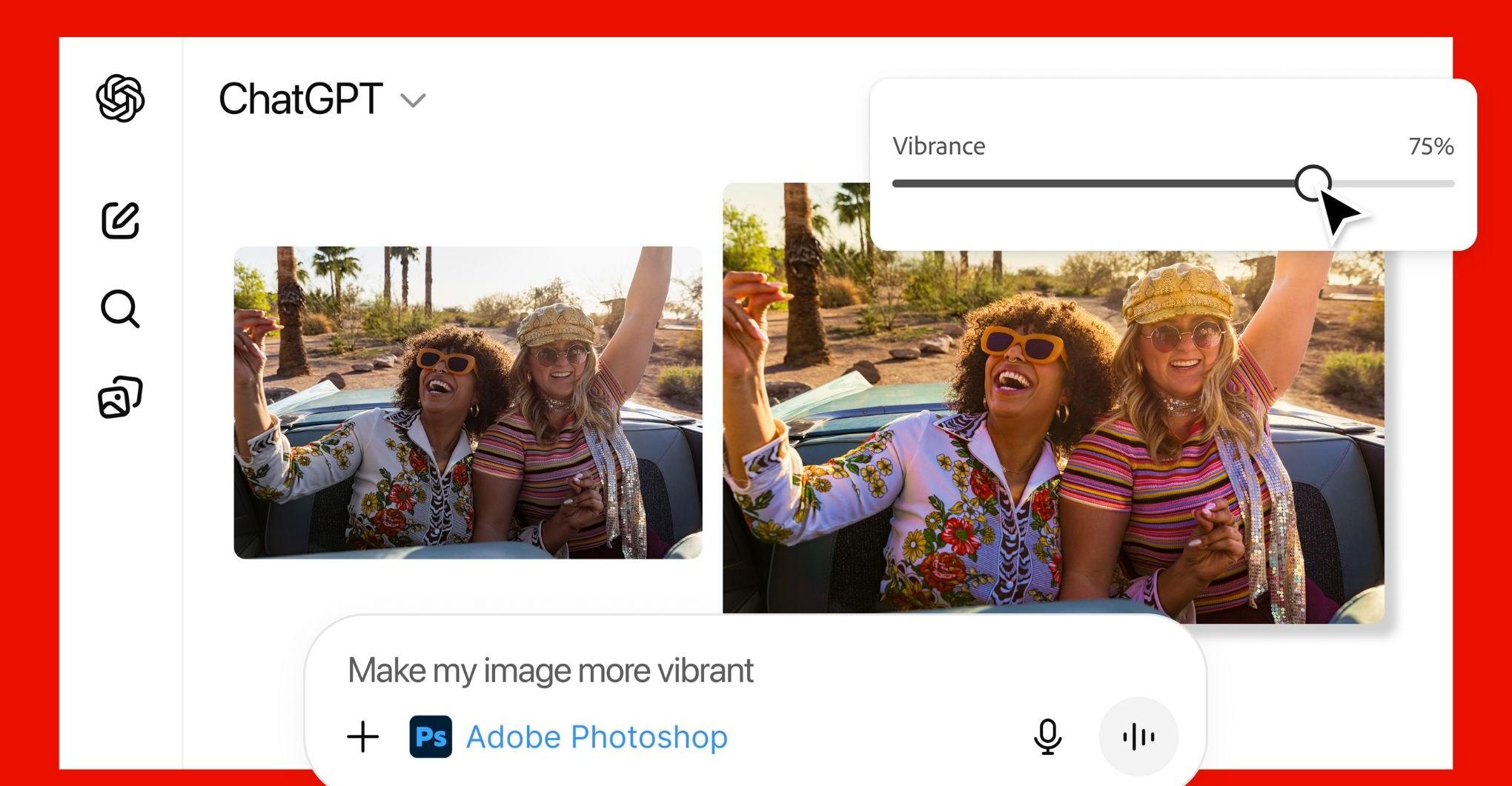Without looking up any leaks or rumors, I’d bet that you could probably sketch most of the phones rumored to be launching at Mobile World Congress next week. Over the years, smartphones have settled on a relatively consistent design formula of big rectangular touchscreens, small selfie camera cutouts, app-based interfaces, and large camera bumps with an array of different lenses. But more than a decade and a half into the smartphone era, I’m getting more and more curious about what’s going to come next and why existing attempts to reinvent smartphones like foldables have struggled to go mainstream.
- Home
- Technology
- News
The future of phones depends on the future of apps
It’ll be hard to evolve today’s smartphone without optimizing thousands or even millions of apps for new designs. Could artificial intelligence offer the answer?


To my mind, much of the answer comes back to apps. We barely think about them because it’s so easy to take for granted that all your third-party software will work on your next phone, but you’d never consider buying a device that can’t run your banking app or ridehailing service of choice. Just look at Huawei, which went from challenging Apple to be the world’s second-biggest smartphone manufacturer to getting its Android license revoked and dropping out of the top five altogether. First-party apps are the foundation of a smartphone, but it’s the third-party software that makes it feel like your personal tool.
Apps matter! But apps also bear a lot of the blame for why phones look the same now and why any attempt to move on from the traditional slab form factor and interface faces an uphill battle.
It’s obviously possible to change a smartphone’s form factor without breaking third-party apps. But literally millions of apps are optimized to work with screens of roughly the same size and aspect ratios. And that makes the argument for, say, an expensive new foldable a lot weaker when many of your most-used apps don’t make the most of its bigger screen and instead awkwardly stretch to fill the extra space or even display with black bars down either side. Clever software workarounds and multitasking support help, but it makes it less exciting to invest in a big change.
So what can a manufacturer do if it wants to shake things up? The more traditional approach is one of diplomacy, of coaxing third-party developers into supporting your new initiative. (Just look at Nothing releasing an SDK for its phones’ flashing Glyph interface.) But more recently, we’re seeing next-generation devices that are trying to cut apps out of the equation entirely. At CES in January, we saw Rabbit introduce the R1, a new $199 gadget that promises to use AI to streamline the process of accessing existing apps. And at MWC, AI startup Brain.ai says it plans to show off a so-called “app-less phone” concept in partnership with Deutsche Telekom.
The lofty promise for Brain.ai’s concept device is that it’ll have “an app-free interface that predicts and generates the next interface contextually, flowing with your thoughts.” It sounds like the concept device will be based on Deutsche Telekom’s existing T Phone but with an interface based on Brain.ai’s Natural iOS app. The software looks like a more visual version of Google Assistant or Siri, responding to spoken or written prompts with an interface of its own rather than routing you to an app.
I think it’s far too early to say whether these unproven AI-powered devices have any hope of unseating the traditional smartphone as our primary personal and portable computing devices. And it’s clear that there’ll be no shortage of more traditional launches at this year’s MWC:
Alongside these commercial launches, it seems likely we’ll also see some more experimental concept devices shown off. There have been several leaks pointing toward a transparent laptop from Lenovo, and I suspect we’ll see its subsidiary Motorola trot out the bendable smartphone concept it showed off last October. That would line up with the company’s approach at last year’s MWC, when it showed off rollable laptop and smartphone concepts. It goes without saying that third-party app support is a much less pressing issue with concept devices like these that are unlikely to be commercially released anytime soon.
Refinement, that endless process of tweaking and smoothing down rough edges to make existing smartphone designs better, is never a bad thing. But if manufacturers want to move on from selling increasingly capable black rectangles, they’ll be facing an uphill battle unless they can work in lockstep with the millions of third-party apps that have gone through their own process of refinement for over a decade.
It’s too early to say if AI-powered devices like the Rabbit R1 or Brain.ai and Deutsche Telekom’s “app-less” smartphone concept are the answer. But they’re a recognition that whatever comes after today’s smartphones needs to either build on top of our formidable app ecosystems or else be very creative in working around them.
Jays president Shapiro given new 5-year deal
- 20 گھنٹے قبل
Sources: Rangers address needs with 3 signings
- 20 گھنٹے قبل

How do you know if you’re wasting your life?
- 6 گھنٹے قبل
Australian PM declares Sydney shooting a ‘terrorist’ attack targeting Jews
- 13 گھنٹے قبل
Source: Gray, Nats reach deal to avoid arbitration
- 20 گھنٹے قبل
Diaz picked Dodgers because 'I'm looking to win'
- 20 گھنٹے قبل
Security forces kill 13 Khwarij in two separate engagements in KP: ISPR
- 14 گھنٹے قبل
Bondi Beach shooting: Australia hails ‘hero’ Ahmed who stopped gunman
- 13 گھنٹے قبل
Under-19 Asia Cup: India beat Pakistan by 90 runs
- 14 گھنٹے قبل
Pakistan aims to become model in digital assets regulation: Bilal saqib
- 13 گھنٹے قبل
NHL board of governors eager to see more 'color vs. color' jersey matchups
- 20 گھنٹے قبل

Pakistan condemns attack on UNISFA in Kadugli, Sudan
- 13 گھنٹے قبل

:format(webp)/cdn.vox-cdn.com/uploads/chorus_asset/file/25297011/bi_240215_mwc_t_phone_en.jpg)
:format(webp)/cdn.vox-cdn.com/uploads/chorus_asset/file/25214892/videoframe_787161.png)
:format(webp)/cdn.vox-cdn.com/uploads/chorus_asset/file/25287356/GGWbLiuWcAASPSX.jpeg)












